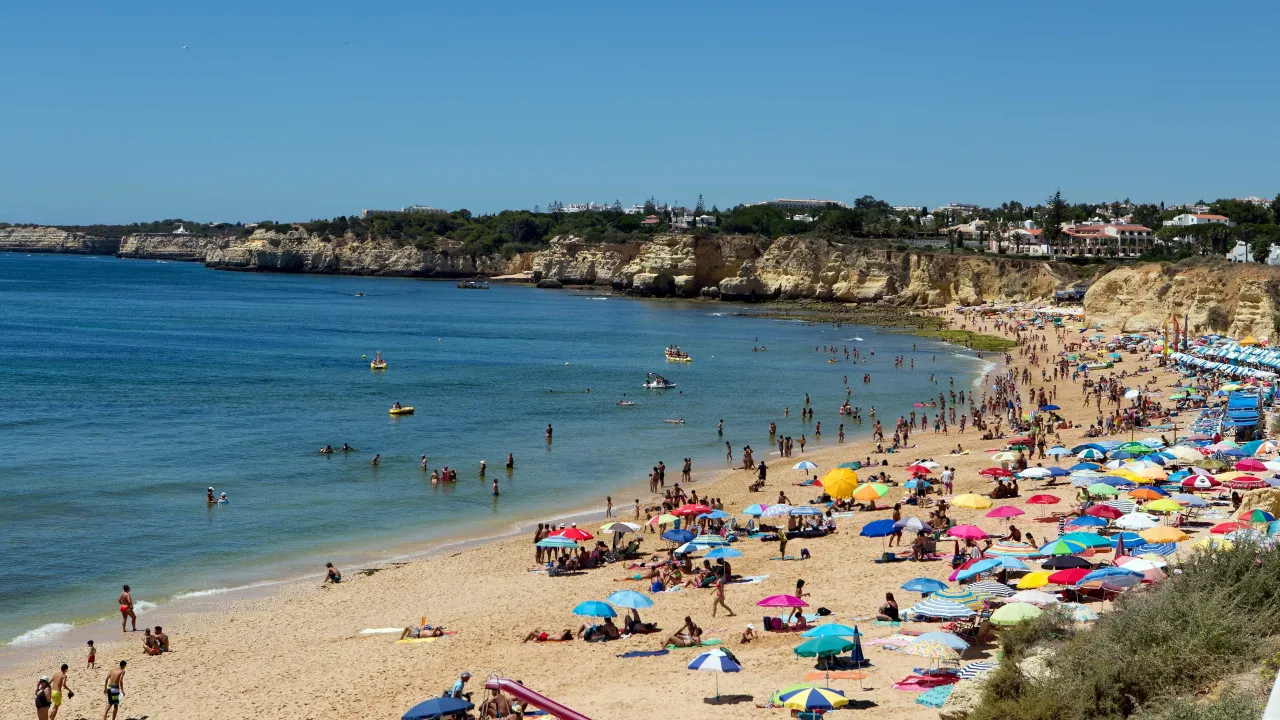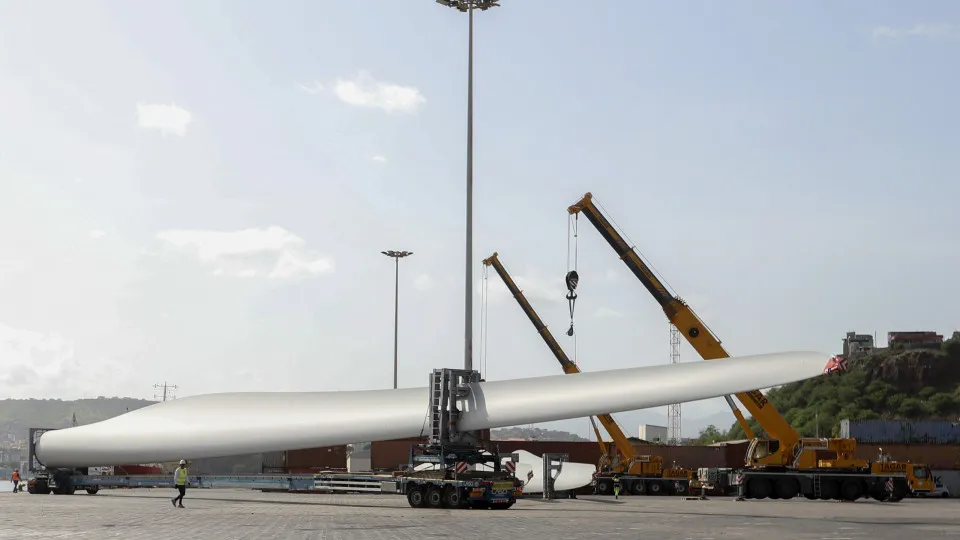
“These values indicate the occurrence of an extreme phenomenon known as a ‘marine heatwave’,” stated an AMN communiqué.
Between June 28 and July 9, 2025, the Faro Coastal buoy, part of the national ocean monitoring network of the Hydrographic Institute (MONIZEE), recorded sea surface temperatures “significantly above the average of the last 20 years,” according to the entity.
During this “marine heatwave,” a temperature of 25.1º Celsius was recorded.
A “marine heatwave” is identified when the daily sea temperature surpasses, for at least five consecutive days, a high statistical threshold known as the 90th percentile of the average temperature for that region and time of year.
The authority responsible for navigation safety and control, as well as the preservation and protection of natural resources, reported that the temperatures observed in Faro during the specified period were “among the top 10% of all recorded in the past two decades.”
“In this case, the daily water temperature recorded in Faro exceeded the 90th percentile by more than 5°C, qualifying as an extreme marine heatwave,” AMN concluded.
The average temperature was determined using data collected in Faro over the past 20 years (2004–2024), serving as a reference to identify marine heatwave events.




